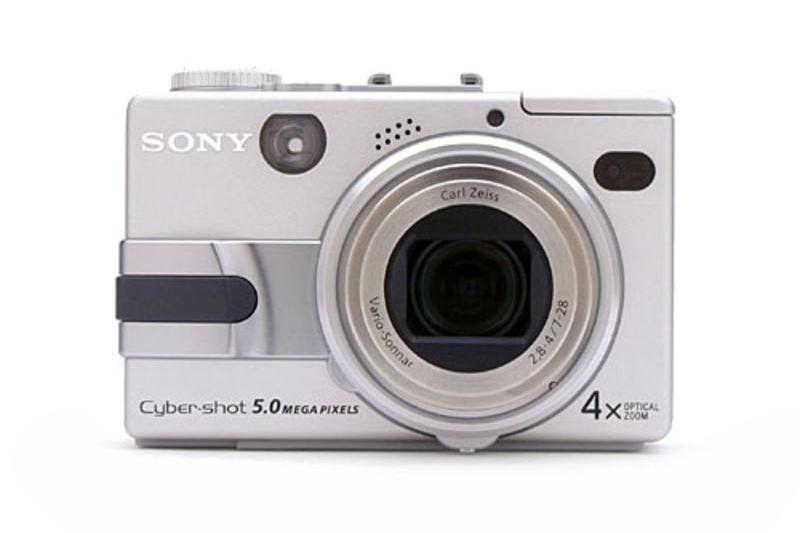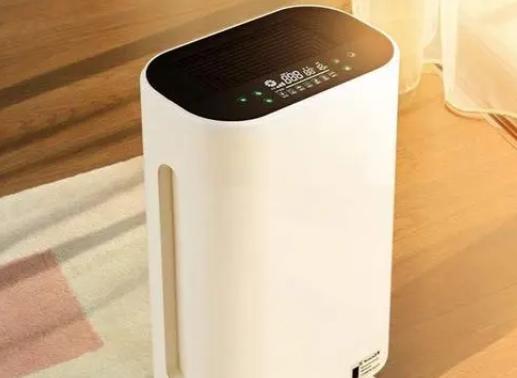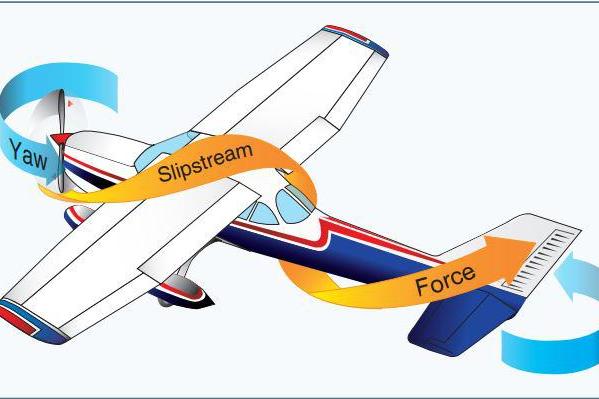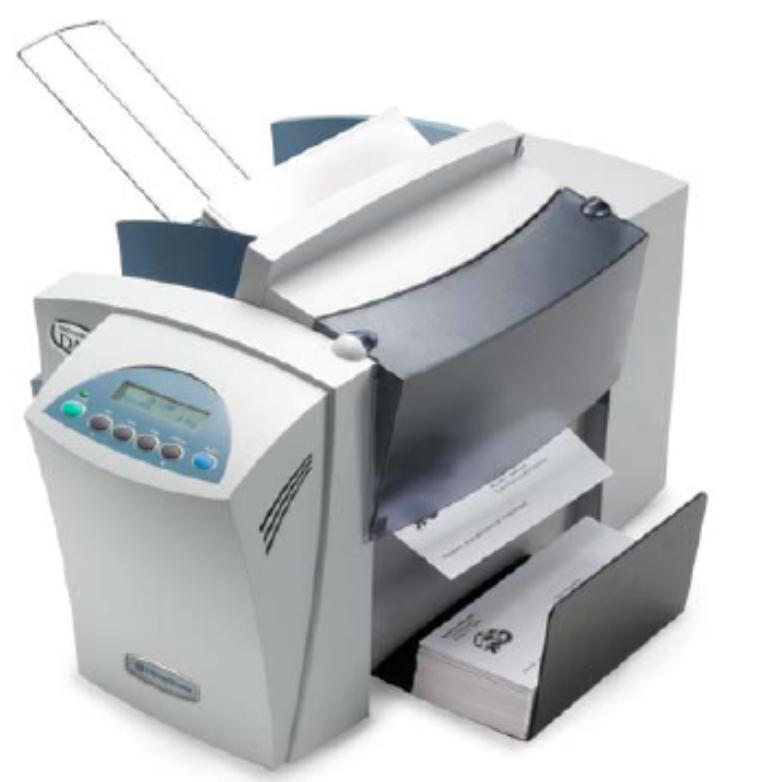簡單介紹
C語言裡面關于字符數組的函數定義的頭文件,常用函數有strlen、strcmp、strcpy等等,更詳細的可以到include文件夾裡面查看該文件。
版本内容
string.h在c語言和c++語言中都被廣泛的使用,但是具體情況不是很一樣。由于傳統的C++脫胎于C,所以傳統C++中于C語言中對本詞條的用法差不多,經過美國标準化組織修改标準化後的标準C++中,定義則是大不相同。
傳統 C++
其中包含的引用頭文件如下:
#include //設定插入點
#include //字符處理
#include //定義錯誤碼
#include //浮點數處理
#include //文件輸入/輸出
#include //參數化輸入/輸出
#include //數據流輸入/輸出
#include //定義各種數據類型最值常量
#include //定義本地化函數
#include //定義數學函數
#include //定義輸入/輸出函數
#include //定義雜項函數及内存分配函數
#include //字符串處理
#include //基于數組的輸入/輸出
#include //定義關于時間的函數
#include //寬字符處理及輸入/輸出
#include //寬字符分類
标準 C++
其中包括的頭文件如下(同上的不再注釋)
#include //STL 通用算法
#include //STL 位集容器
#include
#include
#include
#include
#include //複數類
#include
#include
#include
#include
#include //STL雙端隊列容器
#include //異常處理類
#include
#include //STL 定義運算函數(代替運算符)
#include
#include //STL 線性列表容器
#include
#include
#include //基本輸入/輸出支持
#include //輸入/輸出系統使用的前置聲明
#include
#include //基本輸入流
#include //基本輸出流
#include //STL 隊列容器
#include //STL 集合容器
#include //基于字符串的流
#include //STL堆棧容器
#include //标準異常類
#include //底層輸入/輸出支持
#include //字符串類
#include //STL 通用模闆類
#include //STL動态數組容器
#include
#include
using namespace std;
C99 增加
#include //複數處理
#include //浮點環境
#include //整數格式轉換
#include //布爾環境
#include //整型環境
#include //通用類型數學宏
疑問解答
c++中 string與string.h 的作用和區别
答:一般在C++的庫中,對于一個舊的,也就是帶“.h”擴展名的庫文件(比如iostream.h),在新标準後的标準庫中都有一個不帶“.h”擴展名的與之相對應,區别除了後者的好多改進之外,還有一點就是後者的東東都塞進了“std”名字空間中。
但唯獨string特别。
問題在于C++要兼容C的标準庫,而C的标準庫裡碰巧也已經有一個名字叫做“string.h”的頭文件,包含一些常用的C字符串處理函數。
這個頭文件跟C++的string類半點關系也沒有,所以 并非 的“升級版本”,他們是毫無關系的兩個頭文件。
c++ 中包括哪些函數?
答:常用函數如下:
strlen求字符串長度
strcmp比較2個字符串是否一樣
strcat字符串連接操作
strcpy字符串拷貝操作
strncat字符串連接操作(前n個字符)
strncpy字符串拷貝操作(前n個字符)
strchr查詢字串
strstr 查詢子串
函數用法
下面為string.h文件中函數的詳細用法,附加實例:
strcpy
函數名:strcpy
功 能:拷貝一個字符串到另一個
用 法:char *strcpy(char *destin, char *source);
程序例:
#include #include int main(void) { char string[10]; char*str1="abcdefghi"; strcpy(string,str1); printf("%sn",string); return 0; }strncpy
函數名:strncpy
原型:char *strncpy(char *dest, char *src,size_tn);
功能:将字符串src中最多n個字符複制到字符數組dest中(它并不像strcpy一樣遇到NULL才停止複制,而是等湊夠n個字符才停止複制),返回指向dest的指針。
strcat
用strcat的結果顯示
用strcat的結果顯示
函數名:strcat
功 能:字符串拼接函數
用 法:char *strcat(char *destin, char *source);
程序例:
#include #includevoid main() { char destination[25]; char*blank="",*c="C++",*Borland="Borland"; strcpy(destination,Borland); strcat(destination,blank); strcat(destination,c); printf("%sn",destination); }strchr
函數名:strchr
功 能: 在一個串中查找給定字符的第一個匹配之處
用 法:char *strchr(char *str, char c);
程序例:
#include#includeint main(void){char string[15];char*ptr,c='r';strcpy(string,"Thisisastring");ptr=strchr(string,c);if(ptr)printf("Thecharacter%cisatposition:%dn",c,ptr-string);elseprintf("Thecharacterwasnotfoundn");return 0;}strcmp
函數名:strcmp
功 能:串比較
用 法:int strcmp(char *str1, char *str2);
看Asic碼,str1>str2,返回值 > 0;兩串相等,返回0
程序例:
#include#includeint main(void){char*buf1="aaa",*buf2="bbb",*buf3="ccc";int ptr;ptr=strcmp(buf2,buf1);if(ptr>0)printf("buffer2isgreaterthanbuffer1n");elseprintf("buffer2islessthanbuffer1n");ptr=strcmp(buf2,buf3);if(ptr>0)printf("buffer2isgreaterthanbuffer3n");elseprintf("buffer2islessthanbuffer3n");return 0;}strnicmp
函數名:strnicmp
功 能:将一個串中的一部分與另一個串比較, 不管大小寫
用 法:intstrnicmp(char *str1, char *str2, unsigned maxlen);
程序例:
#include#includeint main(void){char*buf1="BBB",*buf2="bbb";int ptr;ptr=strnicmp(buf2,buf1);if(ptr>0)printf("buffer2isgreaterthanbuffer1n");if(ptr<0)printf("buffer2islessthanbuffer1n");if(ptr==0)printf("buffer2equalsbuffer1n");return 0;}strlen
函數名:strlen
功能:strlen函數求的是字符串的長度,它求得方法是從字符串的首地址開始到遇到第一個'0'停止計數,如果你隻定義沒有給它賦初值,這個結果是不定的,它會從字符串首地址一直記下去,直到遇到'0'才會停止。
原型:size_tstrlen(const char *s);
#include#includeint main(){int i=0;char*he="Hello,world";i=strlen(he);printf("字符串長度為%dn",i);return 0;}運行結果:
字符串長度為11
strcspn
函數名:strcspn
功 能:在串中查找第一個給定字符集内容的段
用 法:intstrcspn(char *str1, char *str2);
程序例:
#include#include int main(void) {char*string1="1234567890";char*string2="747DC8";int length;length=strcspn(string1,string2);printf("Characterwherestringsintersectisatposition%dn",length);return 0;}strdup
函數名:strdup
功 能:将串拷貝到新建的位置處
用 法:char *strdup(char *str);
程序例:
#include #include #include int main(void) { char*dup_str,*string="abcde"; dup_str=strdup(string); printf("%sn",dup_str); free(dup_str); return 0; }stricmp
函數名:stricmp
功 能:以大小寫不敏感方式比較兩個串
用 法:intstricmp(char *str1, char *str2);
程序例:
#include#includeint main(void){char*buf1="BBB",*buf2="bbb";int ptr;ptr=stricmp(buf2,buf1);if(ptr>0)printf("buffer2isgreaterthanbuffer1n");if(ptr<0)printf("buffer2islessthanbuffer1n");if(ptr==0)printf("buffer2equalsbuffer1n");return 0;}strerror
函數名:strerror
功 能:返回指向錯誤信息字符串的指針
用 法:char *strerror(int errnum);
程序例:
#include#includeint main(void){char*buffer;buffer=strerror(errno);printf("Error:%sn",buffer);return 0;}strcmpi
函數名:strcmpi
功 能:将一個串與另一個比較, 不管大小寫
用 法:intstrcmpi(char *str1, char *str2);
程序例:
#include#includeint main(void){char*buf1="BBB",*buf2="bbb";int ptr;ptr=strcmpi(buf2,buf1);if(ptr>0)printf("buffer2 is greater than buffer1n");if(ptr<0)printf("buffer2islessthanbuffer1n");if(ptr==0)printf("buffer2equalsbuffer1n");return 0;}strncmp
函數名:strncmp
功 能:串比較
用 法:intstrncmp(char *str1, char *str2, int maxlen);
程序例:
#include#includeint main(void){char *buf1="aaabbb",*buf2="bbbccc",*buf3="ccc";int ptr; ptr=strncmp(buf2,buf1,3); if(ptr>0)printf("buffer2 is greater than buffer1n");elseprintf("buffer2 is less than buffer1n"); ptr=strncmp(buf2,buf3,3); if(ptr>0)printf("buffer2isgreaterthanbuffer3n");elseprintf("buffer2islessthanbuffer3n");return 0;}strncpy函數
函數名:strncpy
功 能:串拷貝
用 法:char *strncpy(char *destin, char *source, int maxlen);
程序例:
#include#includeint main(void){char string[10];char*str1="abcdefghi";strncpy(string,str1,3);string[3]='0';printf("%sn",string);return 0;}strnicmp
函數名:strnicmp功 能:不注重大小寫地比較兩個串用 法:int strnicmp(char *str1, char *str2, unsigned maxlen);程序例:#include#includeint main(void){char*buf1="BBBccc",*buf2="bbbccc";int ptr;ptr=strnicmp(buf2,buf1,3);if(ptr>0)printf("buffer2isgreaterthanbuffer1n");if(ptr<0)printf("buffer2islessthanbuffer1n");if(ptr==0)printf("buffer2equalsbuffer1n");return 0;}strnset
函數名:strnset
功 能:将一個字符串前n個字符都設為指定字符
用 法:char *strnset(char *str, char ch, unsigned n);
程序例:
#include#includeint main(void){char*string="abcdefghijklmnopqrstuvwxyz";char letter='x';printf("stringbeforestrnset:%sn",string);strnset(string,letter,13);printf("stringafterstrnset:%sn",string);return 0;}strpbrk
函數名:strpbrk
功 能:在串中查找給定字符集中的字符
用 法:char *strpbrk(char *str1, char *str2);
程序例:
#include#includeint main(void){char*string1="abcdefghijklmnopqrstuvwxyz";char*string2="onm";char*ptr;ptr=strpbrk(string1,string2);if(ptr)printf("strpbrkfoundfirstcharacter:%cn",*ptr);elseprintf("strpbrkdidn'tfindcharacterinsetn");return 0;}strrchr
函數名:strrchr
功 能:在串中查找指定字符的最後一個出現
用 法:char *strrchr(char *str, char c);
程序例:
#include#includeint main(void){char string[15];char*ptr,c='r';strcpy(string,"Thisisastring");ptr=strrchr(string,c);if(ptr)printf("Thecharacter%cisatposition:%dn",c,ptr-string);elseprintf("Thecharacterwasnotfoundn");return 0;}strrev
函數名:strrev
功 能:串倒轉
用 法:char *strrev(char *str);
程序例:
#include#includeint main(void){char*forward="string";printf("Beforestrrev():%sn",forward);strrev(forward);printf("Afterstrrev():%sn",forward);return 0;}strspn
函數名:strspn
功 能:返回字符串中第一個不在指定字符串中出現的字符下标
用 法:int strspn(char *str1, char *str2);
程序例:
#include#include#includeint main(void){char*string1="1234567890";char*string2="123DC8";int length;length=strspn(string1,string2);printf("Characterwherestringsdifferisatposition%dn",length);return 0;}strstr
函數名:strstr
功 能:在串中查找指定字符串的第一次出現
用 法:char *strstr(char *str1, char *str2);
程序例:
#include#includeint main(void){char*str1="BorlandInternational",*str2="nation",*ptr;ptr=strstr(str1,str2);printf("Thesubstringis:%sn",ptr);return 0;}strtod
函數名:strtod
功 能:将字符串轉換為double型值
用 法:double strtod(char *str, char **endptr);
程序例:
#include#includeint main(void){char input[80],*endptr;double value;printf("Enterafloatingpointnumber:");gets(input);value=strtod(input,&endptr);printf("Thestringis%sthenumberis%lfn",input,value);return 0;}strtok
函數名:strtok
功 能:查找由在第二個串中指定的分界符分隔開的單詞
用 法:char *strtok(char *str1, char *str2);
程序例:
#include#includeint main(void){char input[16]="abc,d";char*p; /*strtokplacesaNULLterminatorinfrontofthetoken,iffound*/ p=strtok(input,",");if(p) printf("%sn",p); /*AsecondcalltostrtokusingaNULLasthefirstparameterreturnsapointertothecharacterfollowingthetoken*/ p=strtok(NULL,",");if(p) printf("%sn",p);return 0;}strtol
函數名:strtol
功 能:将串轉換為長整數
用 法:long strtol(char *str, char **endptr, int base);
程序例:
#include#includeint main(void){char*string="87654321",*endptr;long lnumber; /*strtolconvertsstringtolonginteger*/ lnumber=strtol(string,&endptr,10);printf("string=%slong=%ldn",string,lnumber);return 0;}strupr
函數名:strupr
功 能:将串中的小寫字母轉換為大寫字母
用 法:char *strupr(char *str);
程序例:
#include#includeint main(void){char string[]="abcdefghijklmnopqrstuvwxyz",*ptr;//定義為數組才能修改 /*convertsstringtouppercasecharacters*/ ptr=strupr(string);printf("%sn",ptr);return 0;}swab
函數名:swab
功 能:交換字節
用 法:void swab (char *from, char *to, int nbytes);
程序例:
#include#include#include char source[15]="rFnakoBlrnad";char target[15]; int main(void){swab(source,target,strlen(source));printf("Thisistarget:%sn",target);return 0;}原型:extern char *strstr(char *haystack, char *needle);
*所在頭文件:#include
*功能:從字符串haystack中尋找needle第一次出現的位置(不比較結束符NULL)。
*說明:返回指向第一次出現needle位置的指針,如果沒找到則返回NULL。




















